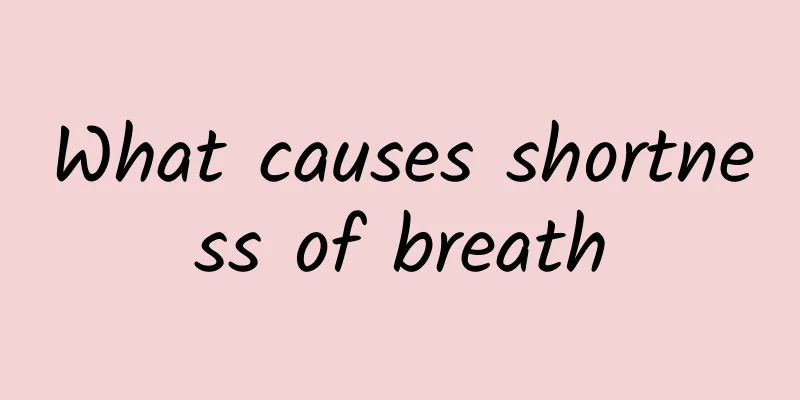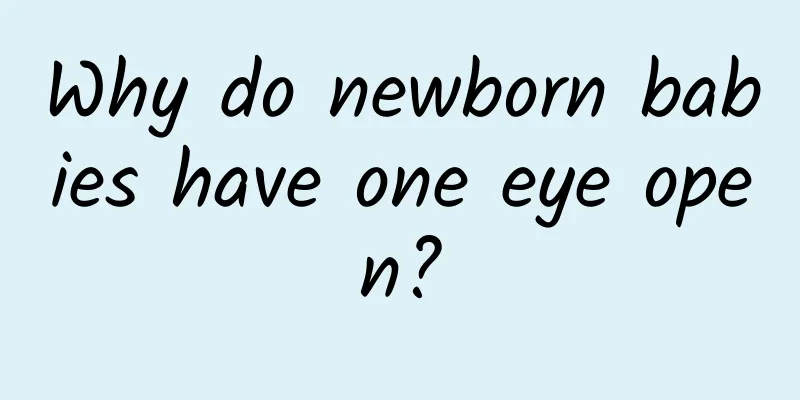What are the symptoms of lumbar spinal stenosis?

|
There are many specific conditions for lumbar spine diseases, and lumbar spinal stenosis is one of them. The most obvious symptom of lumbar spinal stenosis is that the patient cannot walk like a normal person. He will limp after walking for a while and needs to rest for a while before he can continue moving forward. There are also several treatment options for this disease, including conservative treatment and surgical treatment. Symptoms of lumbar spinal stenosis (1) Pain and muscle weakness Lumbar spinal stenosis is often accompanied by recurrent low back pain, radiating pain in the buttocks and lower limbs, followed by numbness and weakness in the lower limbs and muscle atrophy. The nature of pain varies, and can be soreness, numbness, swelling, discharge-like and burning pain. (2) Symptoms of compression of the cauda equina include incomplete urination, inability to control bowel movements, numbness in the perineum, and decreased sexual function. (3) Intermittent claudication is a characteristic manifestation of spinal stenosis. Intermittent claudication occurs when walking and improves after standing or squatting and resting. The main causes of the disease are related to the following factors: ① Congenital developmental malformations, mainly congenital small spinal canal, characterized by multiple spinal canal disease, early onset, and obvious neurological symptoms; ② Bone hyperplasia, hypertrophy of the yellow ligament, and ossification of the posterior longitudinal ligament leading to a decrease in the volume of the spinal canal; ③ Lateral recess stenosis and intervertebral disc lesions, and spinal canal stenosis of the corresponding segments; ④ Post-traumatic fractures and vertebral slippage; ⑤ Iatrogenic stenosis, spinal instability after cervical, thoracic and lumbar surgery, secondary kyphosis and other deformities, and the deformed segments cause spinal canal stenosis. Treatment of lumbar spinal stenosis 1. Non-surgical treatment (1) Rest in bed. (2) Continuous traction. (3) Physical therapy, massage, and acupressure. (4) Oral nonsteroidal anti-inflammatory drugs or epidural hormone injection. (5) Pain point closure. Non-surgical treatment was ineffective and the symptoms continued to worsen and become painful. There are problems with urination and defecation. Affects daily life and work. Surgical treatment is required. 2. Surgery ① Anterior and lateral approach surgery: anterior lumbar interbody fusion, vertical lateral spinal canal decompression interbody fusion, extreme lateral spinal canal decompression interbody fusion. ② Posterior approach surgery: percutaneous minimally invasive transforaminal endoscopic spinal decompression, percutaneous minimally invasive posterior decompression and pedicle screw fixation, transdiscectomy lumbar spinal decompression, posterior lumbar transforaminal decompression and vertebral fusion, posterolateral lumbar decompression and fusion, posterior lumbar lumbar intervertebral fusion. |
<<: How much do you know about the causes of deafness?
>>: When is the best time for a woman to get pregnant?
Recommend
Can armpit hair be plucked?
In the hot summer, it is also a season for women ...
Postoperative care after hysterectomy
The uterus is one of the most important reproduct...
A woman has nasal discharge after urinating
If a woman finds snot-like secretions when urinat...
What are the symptoms of bronchial spasm? How to treat it?
Generally speaking, in life, when people suffer f...
What to do if your child is prone to getting angry
Children usually stay in heated rooms where it is...
Can I use moxibustion to remove the residue after medical abortion?
After medical abortion, you should pay more atten...
How to do gum protrusion surgery
Exposed gums are quite common in our daily life, ...
What is the best calcium supplement for infants and young children?
For infants and young children, their bodies are ...
What to do if you have severe toothache
Toothache is different from other pains. The pain...
What to eat for kidney deficiency and hair loss? Four foods are effective
As we all know, people with kidney deficiency wil...
What should not be eaten with He Shou Wu?
What can’t be eaten with processed Shouwu? Prepar...
What are the disadvantages of Chinese medicine fumigation?
Chinese medicine fumigation is actually a very go...
Precautions after penicillin injection
Penicillin is a relatively common hormone that ca...
Fever, headache and vomiting may be caused by this disease
In daily life, if we have symptoms such as fever,...
What is orthostatic dysfunction
Orthostatic dysfunction usually occurs in young c...









